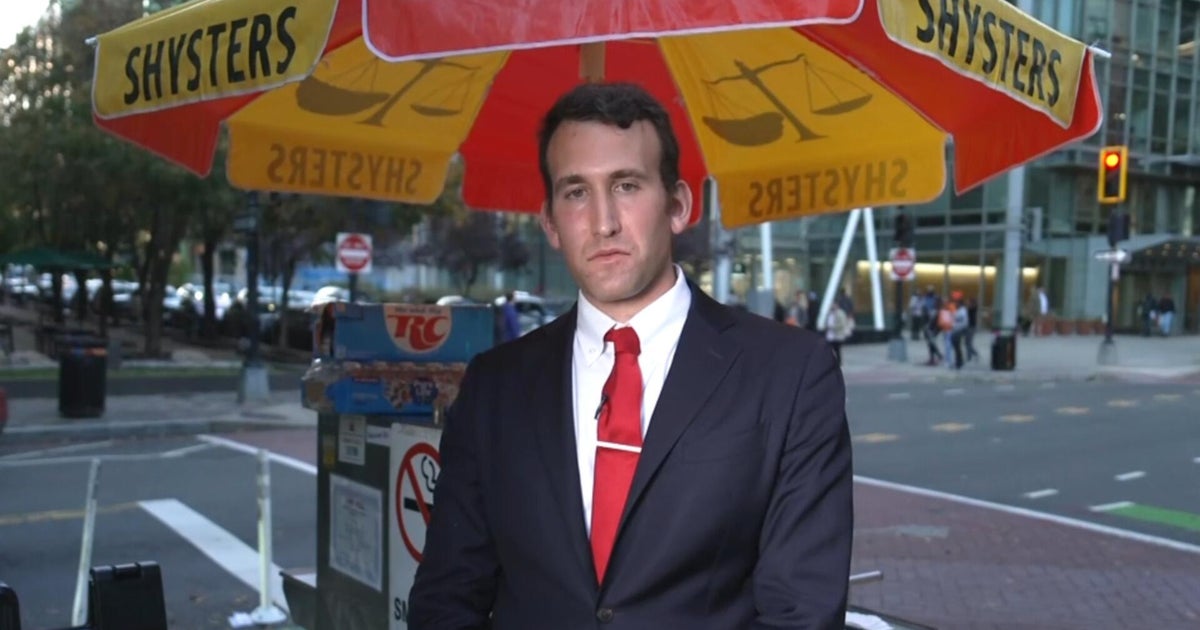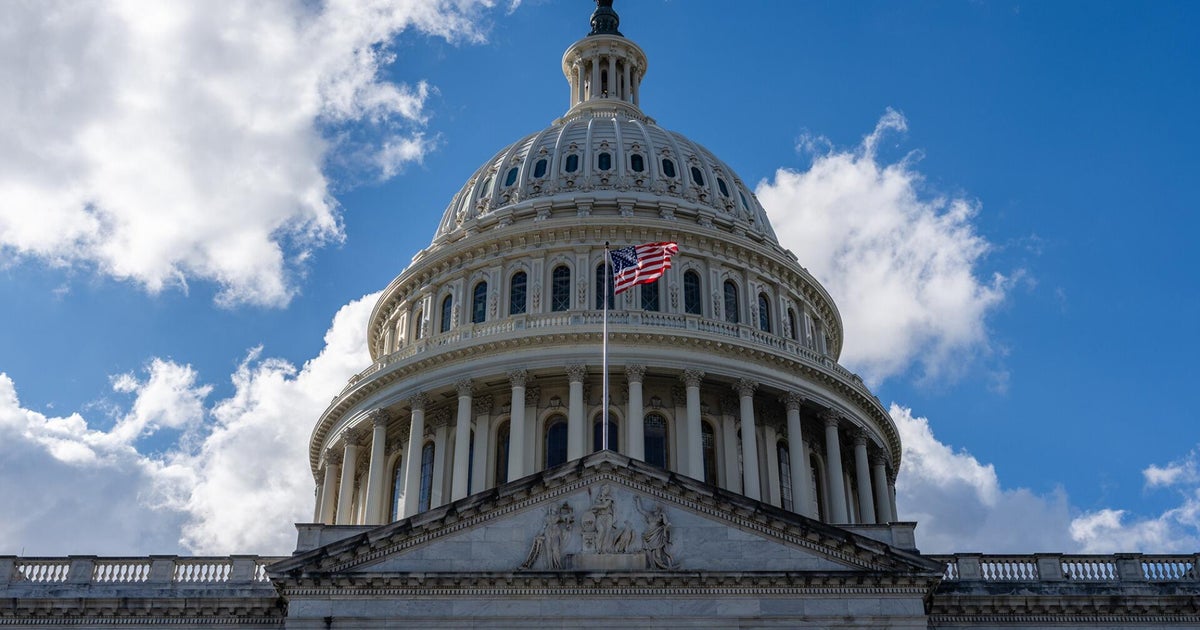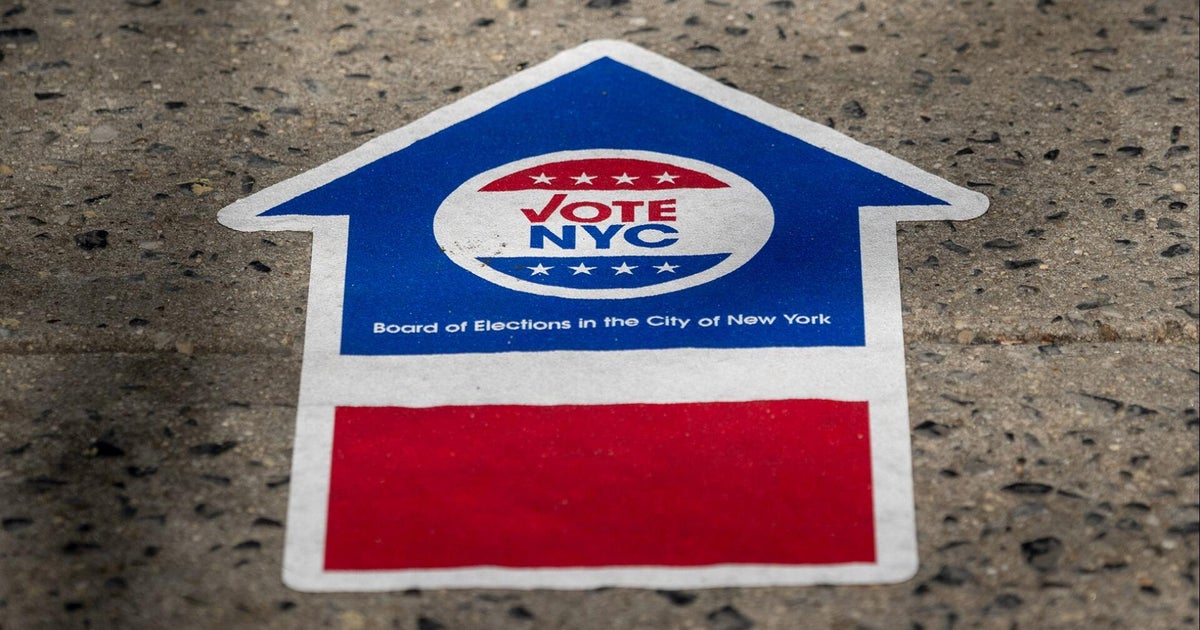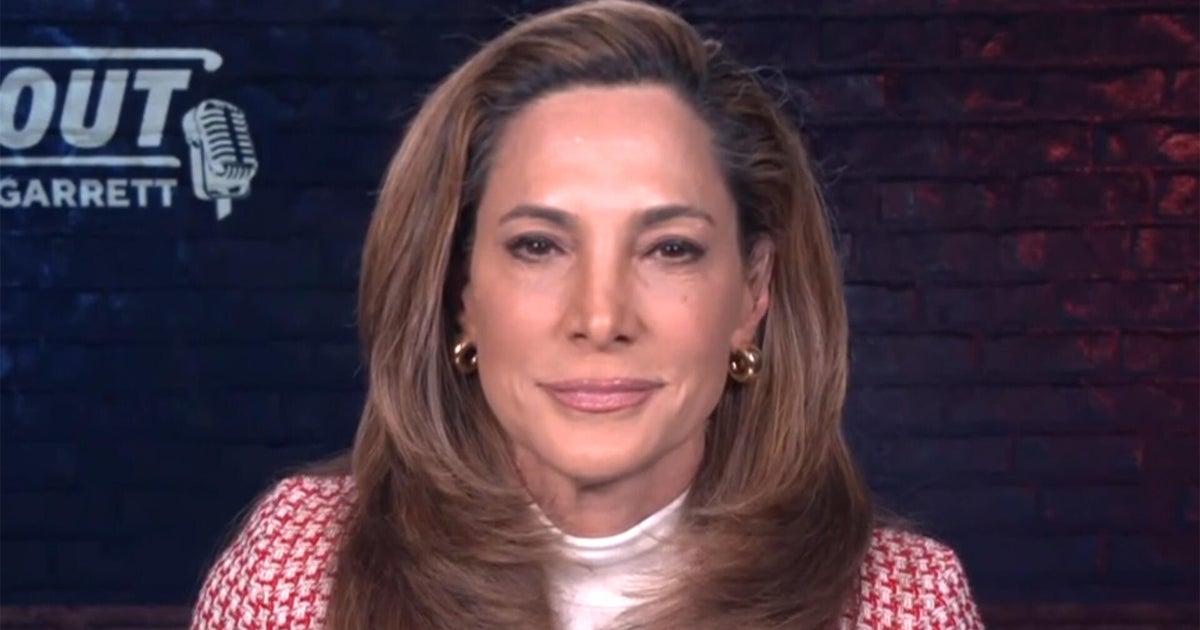Second, understanding economics means people are better able to understand policy and the implications for them (and society more broadly) and better equipped to contribute to policy discussions.
Having more diversity in economics (as in most areas of life) will almost certainly lead to better outcomes because it prevents teams from lapsing into “group think”, where bad ideas go unchallenged.
Female economists, for example, are more likely than their male colleagues to agree that income should be distributed more equally.
According to Chow and Livermore’s research, based on a survey of nearly 4500 high school students, those from low socio-economic backgrounds were not only underrepresented in economics courses, but reported lower levels of interest across most economics topics except unemployment.
That may very well be because these students have often grown up seeing the effects of unemployment – or insecure employment – first hand.
Having these perspectives and interests represented in economic policy – and throughout the economics community is important – because it removes blind spots and ensures policy and research reflects the breadth of community interests and lived experience.
Loading
Of course, one way to attract more students from these cohorts is to better cater to their areas of interest. As the bank’s research notes, topic preferences such as the global economy and consumer decisions – which female students tend to report more interest in – and unemployment could be given more consideration when designing the curriculum, teaching methods and materials.
The problem is not that economics isn’t seen as relevant or beneficial to society. The RBA’s survey found quite the opposite.
Instead, a key improvement we could make to boost economics enrolments is to expose students to it earlier, rather than waiting for them to choose the subject in their later high school years without any previous experience of the subject.
A good case study is a change made to the years 7 to 10 commerce syllabus in NSW in 2020, which introduced a new core topic: economic and business environment. Previously, schools could decide whether to teach economics to their commerce students.
The research found this change led to students having a better perception of economics, including higher levels of interest, understanding and confidence in the subject.
The positive effect of the syllabus change was strongest at lower socio-economic schools where students reported bigger improvements in their understanding of economics, desire to know more and confidence in doing well.
This is especially important because previous research from the Reserve Bank has found students from lower socio-economic backgrounds are less likely than higher-income students to feel they understand the subject and can do well in it.
The researchers found female students (more so than their male peers) and students from low socio-economic backgrounds (more so than their higher-income peers) were less likely to see economics as a “risky” subject choice following the syllabus change.
Of course, the issue is not just about students’ interest and confidence. It’s also about the availability of teachers with expertise in – or a willingness and ability to learn about – economics. When schools lack these resources (which is more common among regional and less advantaged schools) they are less likely to even offer economics as a subject for students to consider.

Regional and less advantaged schools are more likely to lack teachers with expertise in economics.Credit: iStock
It’s also a self-fulfilling prophecy. Without student interest in economics, schools are not likely to offer the subject. And if schools do not offer the subject – or expose students to it earlier – they’re less likely to see interest from students.
It’s also important for students to meet economists, see themselves represented, and for the subject to remain closely tied to the real world and changing interests.
Often, it’s the more advantaged schools that can pay for – or have the networks and alumni – to connect their students with professional economists. We need to make sure that’s not just a privilege for advantaged schools.
The economics profession also needs to be conscious of diversity. Having the Reserve Bank governor Michele Bullock, Productivity Commission chair Danielle Wood and Treasury Secretary Jenny Wilkinson – all women – heading some of the country’s biggest economic institutions is an excellent (but only very recent) development.
Making sure students from low socio-economic backgrounds can also see themselves represented is important, even if that means simply showcasing economists who have come from more difficult upbringings and giving them a seat at the table in major policymaking processes.
Loading
Finally, incorporating more real-world issues into teaching economics is key.
The pandemic and recent surge in inflation was a difficult time for many. But it also boosted students’ reported interest in topics such as the distribution of wealth and factors influencing income, according to the RBA’s survey.
Given the option to write their own areas of interest, health, socio-economic inequality (such as poverty and access to housing) and environmental concerns were among the most common responses. Changing the economics curriculum to better reflect these areas of interest would ensure the subject remains relevant for students.
Although it’s the interest rates we pay on our mortgages or earn on our deposits which tend to capture our attention, it’s also important for us to think about rates of interest in economics.
From early exposure to economics, to making sure the subject moves with the times, there are several important changes we can make for our young people. After all, the way we teach economics now will shape the future of the profession and of society more broadly.
We should make sure the people who will be steering our economy in generations to come bring diverse views and high levels of interest in making the best policies and decisions possible.
Ross Gittins unpacks the economy in an exclusive subscriber-only newsletter. Sign up to receive it every Tuesday evening.


















































